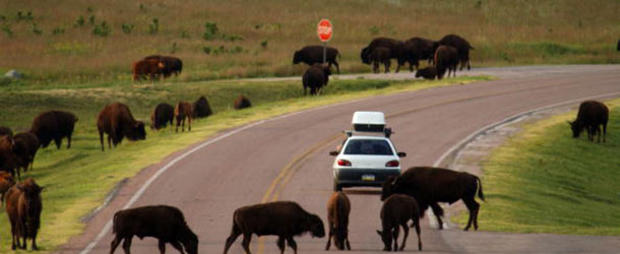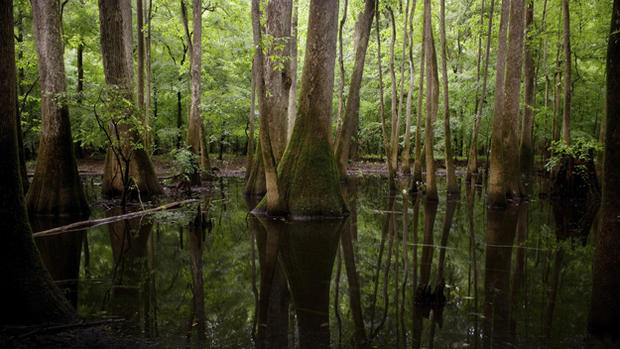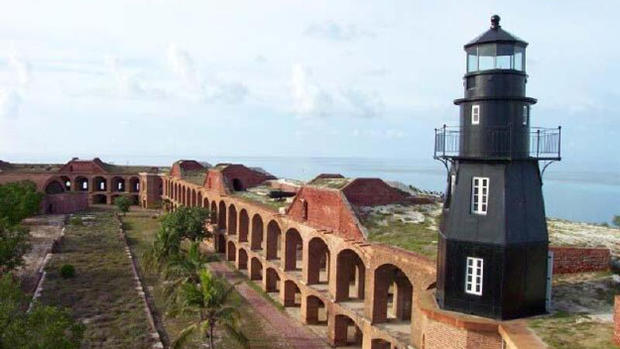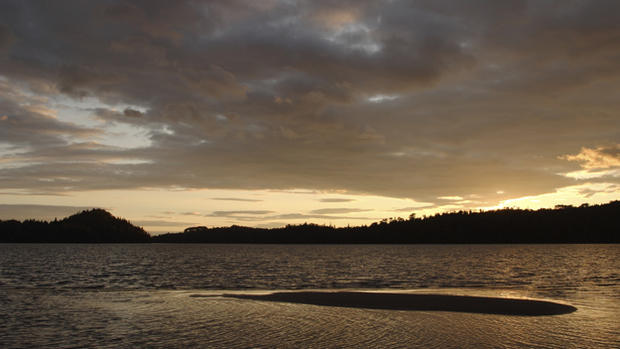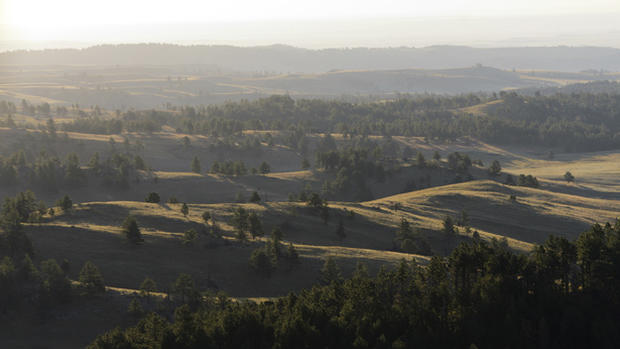Under-The-Radar National Parks
Thinking of visiting a national park this summer but want to get away from the crowds? Then it's best you stay away from the most popular national parks such as Yosemite, Yellowstone and the Grand Canyon. While each of these beloved parks have some of world's most breathtaking landscapes, a summertime visit can oftentimes be unbearable due to large crowds, packed facilities and heavy traffic. This summer, why not escape the crowds while venturing over to one of the nation's less-visited national parks for a more unique American experience. Here are five of the best under-the-radar national parks.
Congaree
Hopkins, SC 29061
(808) 776-4396
www.nps.gov/cong
Named after Native Americans who lived in central South Carolina, this national park lies only 30 minutes away from Columbia, yet drew only 120,000 visitors last year. Despite its lack of popularity, Congaree National Park is an excellent getaway for camping, hiking, canoeing, fishing and bird watching. With nearly 27,000 acres, the national park is home to the largest region of old-growth bottomland hardwood forest in the southeast and some of the tallest trees on the East Coast. There is no charge to camp but a permit is required and visitors must leave their vehicles in the lot near the park entrance. The Congaree River Blue Trail features a scenic 2.4-mile boardwalk and the trailhead is near the center of activity in the national park.
Related: How to Stay Healthy While Traveling
Dry Tortugas
Key West, FL 33041
(305) 242-7700
www.nps.gov/drto
Easily one of the most remote national parks in the continental U.S., Dry Tortugas is only accessible via boat or seaplane. Located about 70 miles west of Key West, Dry Tortugas National Park is a collection of seven small islands and is known for snorkeling in crystal clear waters, abundance of bird and marine life and an incredible 19th century fort. The largest masonry structure in the Americas, Fort Jefferson was used as a military prison during the Civil War and its most famous prisoner was Dr. Samuel Mudd, who aided John Wilkes Booth after the assassination of President Abraham Lincoln. The national park's official ferryboat Yankee Freedom III offers round-trip transportation and camping reservations. There are no public restrooms at Fort Jefferson so visitors are advised to use the facilities onboard the Yankee Freedom III. However composting toilets are available for visitors within the campground area after 2:30pm.
Great Basin
Baker, NV 89311
(775) 234-7331
www.nps.gov/grba
Located near the eastern border of Nevada and bounded by the Sierra Nevada and Wasatch Mountains, the 77,000-acre Great Basin is one of the National Park System's hidden gems. Due to its remote location, the park draws less than 100,000 visitors annually, a figure that can be eclipsed in mere days in the nation's most visited park - the Great Smoky Mountains. Nevertheless, those visitors who have made the trek to Great Basin are nearly universal in their praise, citing fresh mountain air, excellent hiking, the majestic Wheeler Peak and the remarkable marble and limestone formations within Lehman Cave. The park has five developed campgrounds and one primitive campground available on a first-come, first-served basis, with reservations required for group camping. The Great Basin is further distinguished as the largest region of endorheic drainage basins in North America.
Isle Royale
Houghton, MI 49931
(906) 482-0984
www.nps.gov/isro
Despite a magnificent setting, Isle Royale is one of the least visited national parks with less than 20,000 annual visitors. Yet with more than 132,000 acres of land, Isle Royale is the second largest island in the Great Lakes, third largest in the contiguous U.S. and a breathtaking haven for thriving wildlife and outdoor activity. Located near the U.S.-Canadian border in the northwestern portion of Lake Superior, the park is only accessible via boat or seaplane with departure points from Michigan and Minnesota. Campers must obtain a backcountry/camping permit available at no charge on board the National Park Service ship Ranger III or upon arrival to Rock Harbor or Windigo. Group camping requires a $25 processing fee and advance reservations and the entire party must be no larger than 10. No wheeled vehicles are permitted on the island, including bicycles, and the only exception are wheelchairs. Interesting trivia - the world's largest island, in the largest lake on the largest island on the largest freshwater lake is Ryan Island in Siskiwit Lake on Isle Royale in Lake Superior.
Wind Cave
Hot Springs, SD 57747
(605) 745-4600
www.nps.gov/wica
Featuring one of the world's longest caves, this national park is a geological marvel, wind shaped over time to create cave-like sandstone formations. Located just 50 miles south of Rapid City, Wind Cave is one of the oldest parks in the National Park System and the first cave to be designated as a national park. Stretching more than 140 miles, Wind Cave lays claim to the world's largest collection of boxwork, a mineral structure made of thin calcite. Wind Cave also boasts one of the last remaining mixed-grass prairies in the country that's home to many native animals, including prairie dogs, bison, elk and mule deer. Wind Cave has just one campground, with 75 sites, and it's available on a first-come, first-served basis. The far more touristy Mount Rushmore National Memorial in the Black Hills is just 37 miles away.
Related: Best Train Trips In The USA
